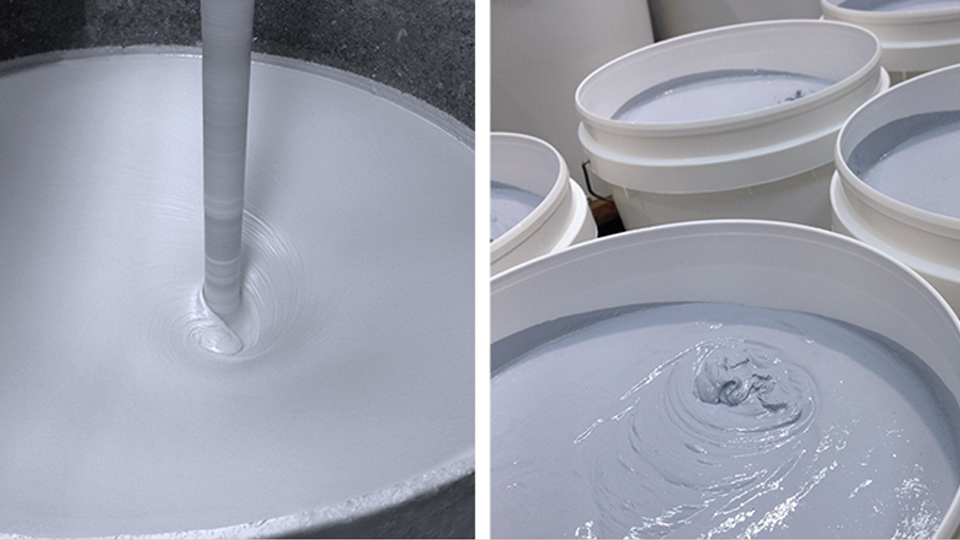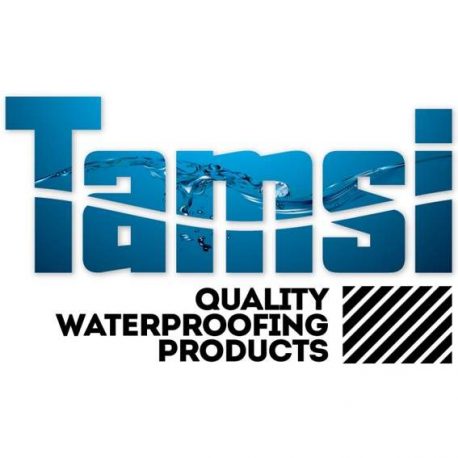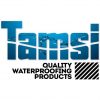
Why prefer waterbased membranes?
Water-based waterproofing membranes:
ADVANTAGES
- Easier to use and apply than solvent based membranes.
- Non-toxic. No need for special breathing apparatus.
- No solvent fumes or odour. No breathing hazard and need for ventilation.
- Easy clean up with water during application. No need for harmful chemicals.
- Many water-based membranes can be applied to damp surfaces. This is a major advantage in situations where rain has fallen, or wet soil has been removed to expose a foundation that needs to be treated. In such circumstances the water-based membranes will take longer to dry, but the water in the surface will merge with the water in the coating and evaporate with it.
- UV stable water based membranes are better in exposed UV conditions.
- It is easier to incorporate various types of reinforcing fabrics into water based membranes.
- Tiles can be directly fixed to the membrane with a suitable adhesive.
- Environmentally friendly.
DISADVANTAGES
- May be washed off the surface by rainfall before it is fully cured.
Solvent-based waterproofing membranes:
ADVANTAGES
- They produce almost immediate waterproofing protection after application, even before they have dried. Hence rain after application is not a big problem (however, rain before application is a much worse problem because they cannot be applied onto damp surfaces).
DISADVANTAGES
- Harmful to health. Appropriate breathing apparatus necessary.
- Give off solvent fumes. Requires good ventilation.
- Special solvents are required to remove splashes and clean equipment after use.
- Cannot be applied on damp surfaces.
- Risky to fix tiles directly to any solvent based membrane system. Some waterproofers sprinkle sand into solvent based membrane to help adhesion but tile adhesive manufacturers recommend against doing this.


